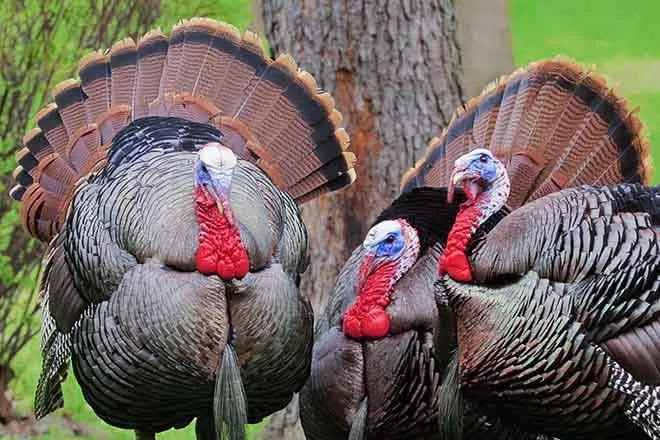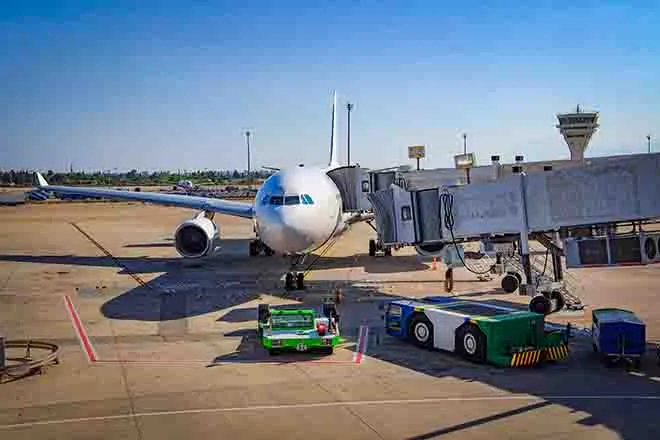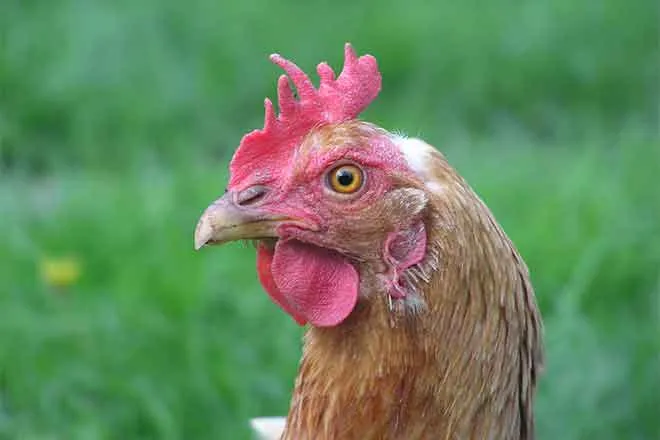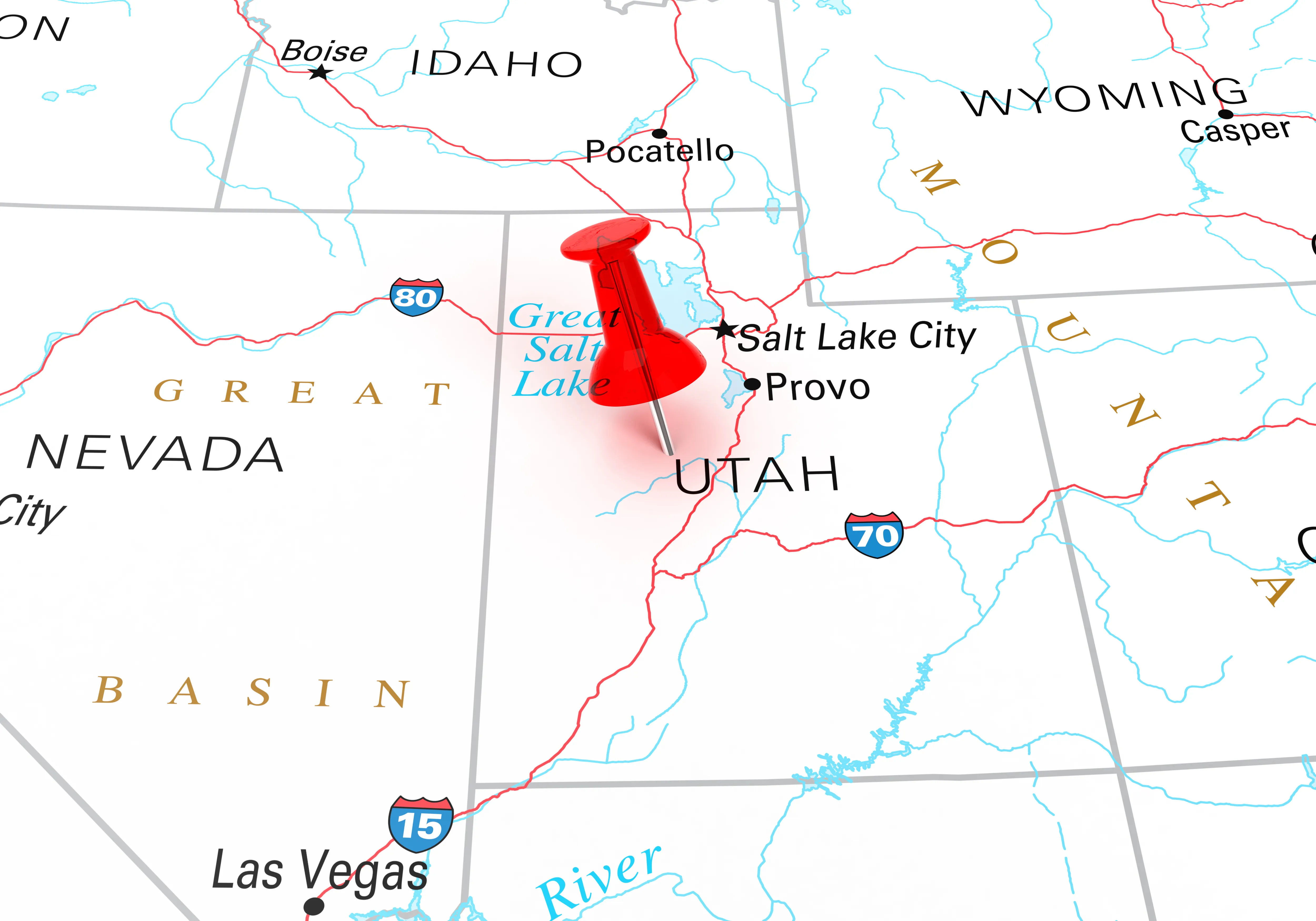
Extreme heat prompts Pacific Northwest farmers to consider climate change mitigation
(Washington News Service) Hotter temperatures are changing the agricultural landscape in the Pacific Northwest, especially for iconic tree fruit growers. Keith Veselka has seen that first-hand over the past few years operating NWFM, LLC, which manages 1,400 acres of apples and cherries for institutional investors across Washington state.
Over the last few years, Veselka has increased investments in mitigation strategies to protect crops against damage when temperatures soar, and he’s noticed his neighbors doing the same. “More and more people are covering their crops with shade netting or some other type of material, and then they’re looking at misters, which are like foggers that help create a cooler atmosphere in the orchards,” he said. “And sometimes a combination of both.”
Veselka’s installed evaporative cooling at about 90 percent of his sites, covering about 30 percent of his crops. He also uses calcium and kaolin clay sprays, which physically cover fruit to protect it. In his experience, mitigations lead to about 20 percent to 30 percent less damage.
Washington leads the nation in producing apples and sweet cherries, but it’s not just tree fruit crops under threat in the region. A large portion of the country’s processed berries are grown in the Pacific Northwest, as are much of the nation’s potatoes. During the deadly heat wave of 2021, researchers found that berries dried up on the vines and potato plant leaves were scorched and curled inward, an indicator of heat stress that can impact quality.
The sun- and heat-reduction techniques Veselka and others employ aim to minimize stress on plants and limit sunburn damage on fruit. Sunburn visibly hurts the apples’ quality and can result in a 40 percent yield loss, according to some studies.
As growers work to preserve crops in hotter temperatures, regulators have also been working to ensure workers are protected as well. Farmworkers have long lacked protections from dangerous condition caused by the climate crisis, leading Oregon to pass heat and smoke regulations. Advocates in Florida have pushed for safeguards, and Washington passed smoke and heat regulations after the 2021 event.
Climate data continues to show a trend of warmer temperatures across the U.S., with growing impacts in the historically mild Northwest. Summer 2022 in the contiguous U.S. was the third-hottest recorded in 128 years, t he National Oceanic and Atmospheric Administration (NOAA) reports, with an average 2.5 degrees Fahrenheit above average. Idaho, Washington, and Oregon each had the warmest August on record. Data from Climate Central’s Climate Shift Index tool, which measures the fingerprint of climate change in daily weather, found most of the Northwest experienced 15-30 days of daytime high temps that were made at least twice as likely by climate change.
Changes to nighttime lows were equally troubling, according to Climate Central. Most of that area saw increased nighttime lows made at least twice as likely by climate change for 15 to 30 days. Parts of the Cascades, Central Oregon, and Southern Idaho experienced 30 to 50 climate-driven warmer nights over the summer. August nighttime temperatures in California, Oregon, Washington, Nevada, and Idaho were the warmest since record-keeping began in 1895.
Nighttime temperatures are fresh in Veselka’s mind from the June 2021 heatwave, which drove unprecedented temps of 108 degrees in Seattle and 116 in Portland. Nighttime lows east of the Cascades offered little relief, ranging in the 70s. Veselka recalled that cherries “melted on the tree,” and fields felt like convection ovens.
“They quit growing during that period of time, the trees just shut down,” he said. “Your nighttime temperatures are when the tree relaxes and repairs, and they didn’t have that opportunity. It created a lot of problems with fruit size for that season and then fruit condition and storage.”
Yet because climate mitigation efforts can be expensive, Veselka and other Northwest farmers have to evaluate potential risk against the cost of additional investment when deciding the best way to address the changes in climate.
Techniques to Lower Temps
Misters, shade, and produce coatings like clay are established as heat mitigation practices, though experts note none are 100 percent effective on their own in extreme conditions. There are other techniques in the works to protect crops from rising temperatures, too.
Lav Khot, an associate professor of biological systems engineering working on agricultural automation at Washington State University, has developed an infrared technology to monitor surface temperatures of apples in real time. Tests show this may be more accurate than monitoring air temperature with sensors. This can eventually be used to allow farmers to deploy protections in more efficient, targeted ways.
As wildfires become larger and more frequent, Oregon State is studying how to mitigate smoke taint on wine grapes, which has damaged crops in recent years.
While the 2021 heat wave was an unprecedented—and hopefully rare—event, it was also reminder that cooling investments for orchards will only become more necessary in a warming climate.
Chad Kruger, director of Washington State University’s (WSU) Center for Sustaining Agriculture and Natural Resources (CSANR) and the Northwestern Washington Research and Extension Center, said he often warns growers to consider that studies of forecasted yield drops based on averages can obscure the true consequences to operations. Specifically, what may look like a manageable reduction or loss across the whole industry can spell disaster for an individual producer.
Though key for tracking changes over time, long-term climate forecasts can miss the full story of how brief amounts of extreme weather impact a plant, crop, farm, or industry, Kruger said. “If the issue is how many days over 90 degrees or something like that, you may wash out the intensity of crossing that heat stress threshold over a 30-year window and present it as a change on average of 5 percent. But you may have found that in five out of the 30 years, you lost your crop,” Kruger said.
Balancing Reactive and Proactive Approaches
On the ground, the 2022 growing season continued to justify heat-mitigation investments, as experienced at the WSU test orchard in Rock Island, Washington. Kruger said they saw more days of sunburn risk than in most prior years. Sunburn damage also rose.
Though the impacts continue, he notes that adding cooling practices to existing orchards often does not make financial sense. Instead, many farmers choose to absorb higher losses for the remaining years of a plot and then plan more resilient and comprehensive safety measures on future development. That also has the potential to drive consolidation, as larger operations have more forgiving margins to take the hit.
“That’s the key thing, thinking about climate change as a planning-horizon issue, as opposed to an incident-management or emergency-management issue,” Kruger said. “It’s much easier to think about what is the [return on investment] of planting a block that has both shade cloth and evaporative cooling. You’re not going to plant that for a variety that isn’t going to command the price necessary to have that [return on investment].” The question then becomes, “What do we need to do in terms of the investment to make sure that we’re going to get the best returns over 25 years that we can?” he said.
A newly planted apple orchard won’t bear fruit for several years, and growers need to plan for the climate trees will experience over their lifetime. But that still presents a cost concern.
By Veselka’s math, it costs an additional $10,000 per acre to install shade cloth, an approximately 10 to 12 percent increase for new construction. That’s hard to stomach on top of rising labor and fertilizer costs, he said.
“It’s part of a strategy that we’re using when we model future developments to include that,” Veselka said. “The cost to go back and retrofit an orchard to accept the cover is a little more cumbersome and daunting. And so we’re modeling things assuming that likely, we’re going to need to do some kind of mitigation strategy, whether it’s shade netting or misters.”]
Is this additional cost for protections sustainable? It’s difficult to say. In Veselka’s case, it means he has to get more of a return for a crop, which is complicated by a market where buyers set prices, making him a “price taker” rather than “price maker.”
“There’s a disconnect there,” Veselka said. “That is at some point going to break for the small farmer. The big commercial farmers might be able to weather that storm. But it’s eventually going to break the back of your small farm.”
It’s a potentially vicious cycle, too: He can plant more high-priced varieties such as Honeycrisp apples, but those are more susceptible to sunburn, raising the risk and need for mitigations.
Planning for Big Changes
Looking to the future, Kruger said while the Pacific Northwest has been historically relatively well-insulated from yield impacts by the mild climate, crop quality could still suffer as the world warms. Growing seasons could move earlier in the year, and farmers may choose to select crops better acclimated to these conditions.
“We’ve got to learn from the experiences that we’re having and implement the technologies and changes in practice to accommodate the changes that we are going to encounter,” he said. “At some point in time, we will get to the point where most experiences that we have get outside of the historic envelope of experiences.”
Which is why he encourages the industry to take lessons from those in other regions that possess hard-won expertise in heat and water conservation. As one potential example, he points to places like California’s Central Valley as a learning opportunity for growers in warming regions.
Veselka hopes people take the threats he faces seriously, because eventually, heat stress might become as issue not just felt at the tree, but the table.
“It’s a food security issue,” he said. “I think people expect when they go to store, the apples are going to be there, and cherries are going to be there. . . . And the reality is it takes a lot to get it to the market. If we can’t get increased return back to the farm, these farms are going to go away, or they’re going to have to pivot to other crops.”
He imagines a fifth-generation apple grower starting to grow corn, losing decades of valuable experience. “I don’t know,” he said. “What are they going to do?
Michael Crowe wrote this article for Civil Eats.
















